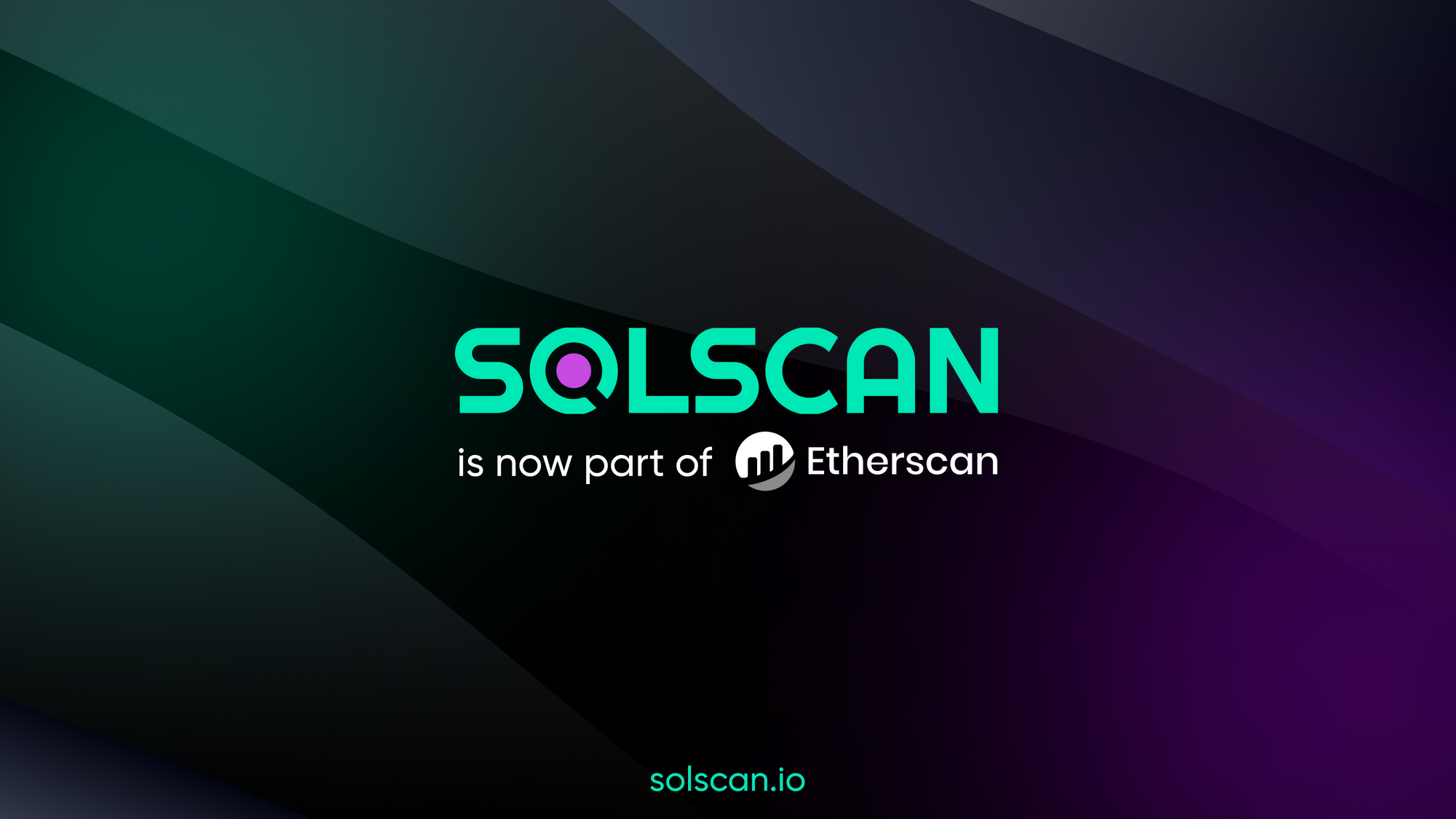Whoa! Ever notice how crypto feels like a rollercoaster that never stops? One minute, your portfolio’s cruising smooth; next, it’s like riding a bucking bronco. Especially in Solana’s ecosystem, where speed meets complexity, understanding things like volatility surfaces or NFT liquidity pools isn’t just geeky—it’s survival. So, I got curious: how do these concepts actually shape the way traders and investors navigate Solana’s wild waters?
First off, volatility surface sounds fancy, but it’s basically a snapshot of how option prices vary with strike price and expiration. On Solana, options markets are still emerging, but the idea is crucial. It tells you where the market expects the price to swing and how much risk is baked into different price points. Hmm… something felt off about the usual way people approach volatility here. They often eyeball just the historical volatility or the implied volatility from a single strike, missing the nuanced dance across strike prices and maturities.
Okay, so check this out—imagine the volatility surface as a 3D map hovering over Sol’s price. Peaks and valleys show where traders expect big moves or calm seas. If you’re a trader aiming to hedge or speculate, understanding this surface is like having a weather forecast before sailing—very very important.
But here’s the catch: Solana’s high TPS (transactions per second) and fast block times create a dynamic where volatility surfaces can shift rapidly. That’s a hell of a challenge for pricing derivatives, especially when NFT projects and liquidity pools add layers of complexity.
Now, diving into NFT liquidity pools—yes, they’re a thing, and no, it’s not just about holding shiny JPEGs. Remember when DeFi was all about swapping tokens with liquidity providers? NFT liquidity pools take that idea but for non-fungible assets. This means you can fractionalize NFTs or create pools where NFTs and fungible tokens coexist, letting traders swap or hedge positions more flexibly.
Here’s what bugs me though: liquidity in NFT pools is often thin, super fragmented, and riddled with valuation issues. Unlike fungible tokens, where price discovery is continuous and clear, NFTs’ uniqueness makes pooling and pricing a headache. On one hand, these pools boost accessibility; on the other, they risk amplifying volatility due to illiquid assets suddenly moving around.

Cross-chain swaps throw another wrench in the mix. Seriously? Cross-chain’s been promised as the holy grail for liquidity and interoperability, but in practice, it’s a maze of wrapped tokens, bridge risks, and timing mismatches. On Solana, cross-chain swaps enable transferring assets from Ethereum, BNB Chain, or Avalanche ecosystems, but the volatility introduced by bridging delays and smart contract vulnerabilities can’t be ignored.
Initially, I thought cross-chain swaps would smooth liquidity flows and reduce slippage. Actually, wait—let me rephrase that: they do, but only if the bridges are secure and fast. Otherwise, they might amplify systemic risk. For example, a sudden depeg on the originating chain or a stuck bridge transaction can cascade volatility back into Solana’s DeFi and NFT markets.
By the way, if you’re serious about tracking these on-chain movements and want a real-time pulse on wallet activities, token flows, and validator performance, https://solscanexplorer.github.io is your go-to. It loads wallet data in seconds and even decodes complex transaction instructions. I’ve used it countless times to spot whale moves or odd spikes in NFT transfers—it’s like having a microscope on Solana’s beating heart.
Okay, a little tangent here—some traders swear by using volatility surfaces to craft option strategies, but on Solana, where options markets are nascent, you gotta kinda extrapolate from spot volatility and liquidity indicators. The surface itself can be patchy due to sparse option strikes. That’s why combining on-chain data from NFT pools and cross-chain swap metrics is a better bet for a holistic view.
Here’s the thing. NFT liquidity pools can sometimes act as volatility amplifiers, especially when a big whale dumps or buys an NFT fraction. This action ripples through the pool’s token price, triggering algorithmic price adjustments that might not reflect the broader market sentiment. And because liquidity is often shallow, price swings can be violent, catching traders off guard.
On the flip side, cross-chain swaps can introduce latency arbitrage opportunities. Traders who monitor bridge transaction statuses closely (again, shout out to tools like https://solscanexplorer.github.io) can exploit timing gaps, but this is a double-edged sword. While it can boost profits, it can also exacerbate short-term volatility and cause price dislocations.
Why Does All This Matter for Solana Traders & Investors?
Well, for starters, understanding the volatility surface helps in pricing and risk management for derivatives, even if those derivatives aren’t mainstream yet. NFT liquidity pools open doors for fractional ownership and new yield strategies, but they also demand a new mindset about liquidity risk and price signals. Cross-chain swaps extend your playground but require vigilance about bridge security and timing.
Something I really appreciate is how Solscan offers transparency into these complex layers. You can see the exact transaction logs, wallet interactions, and token movements that underpin these markets. This level of detail lets you spot anomalies—like suspicious NFT transfers or unusual swap volumes—that might hint at impending volatility or manipulative behavior.
On one hand, the ecosystem’s growth is exciting; on the other, it’s a wild frontier with evolving risks. For example, when an NFT project’s liquidity pool suddenly drains or a bridge experiences congestion, the knock-on effect can send shockwaves through market prices. Traders ignoring these signals often get burned.
And I’ll be honest—sometimes the sheer speed of Solana’s network can feel like drinking from a firehose. You want to keep up, but data overload hits hard. That’s why curated analytics and user-friendly explorers like https://solscanexplorer.github.io are invaluable. They cut through noise and reveal actionable insights.
Lastly, volatility surfaces, NFT liquidity pools, and cross-chain swaps aren’t isolated—they interconnect. Movements in one ripple into the others, creating a complex web of market dynamics. Mastering this web is less about perfect prediction and more about constant adaptation and informed intuition.
So, what’s next? Will Solana’s ecosystem mature its options markets to fully embrace volatility surface analytics? Will NFT liquidity pools gain the depth and stability to become reliable market-makers rather than speculative playgrounds? And can cross-chain swaps evolve beyond their current fragility to become seamless liquidity conduits? I don’t have all the answers, but watching these trends unfold is like front-row seats to crypto evolution.



Leave a reply